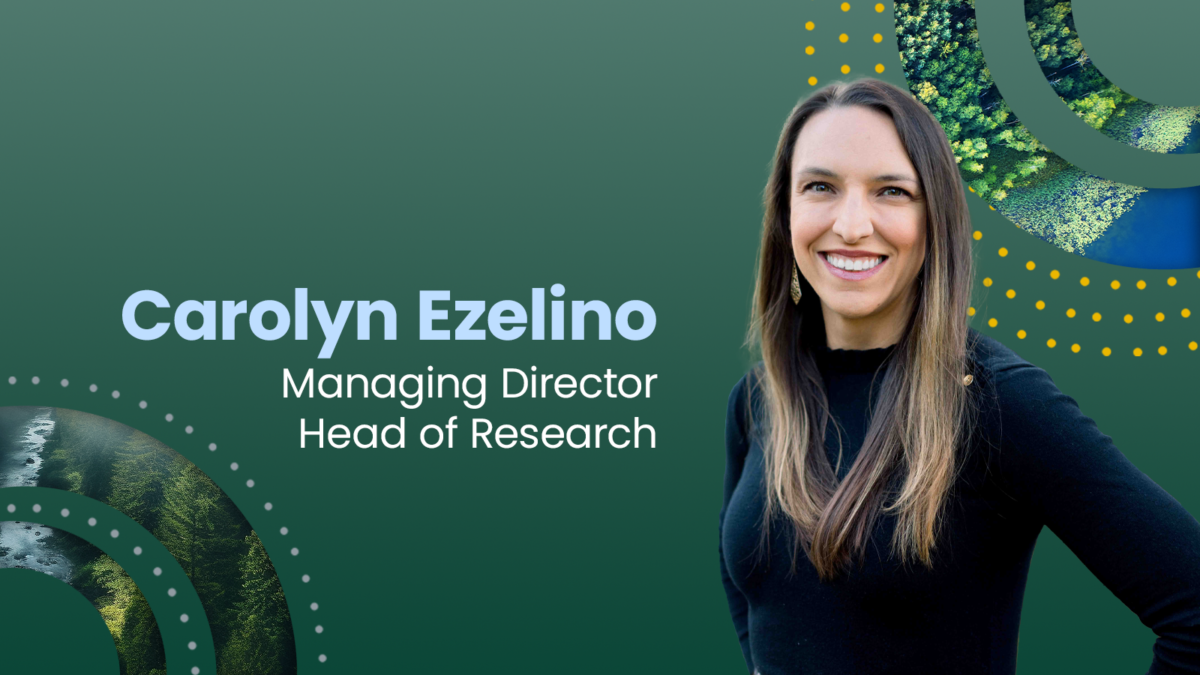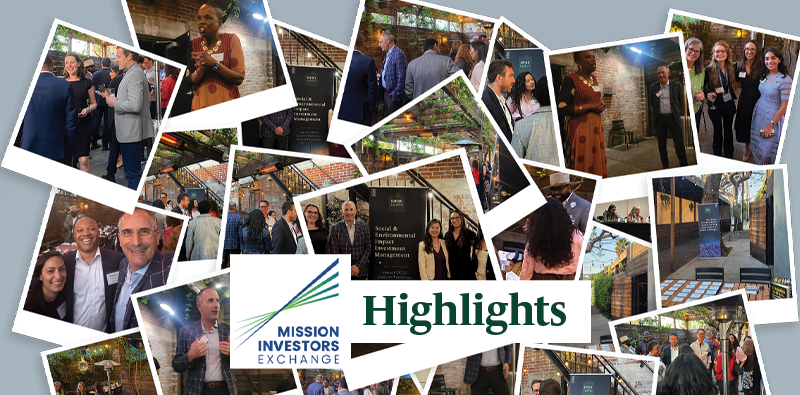Bloomberg News, By Margaret Collins
September 05, 2014
Researchers in Bethesda, Maryland, have spent eight years developing a handheld device to quickly assess potential brain trauma in injured U.S. soldiers and athletes with concussions.
Jean Case and her husband Steve, who co-founded AOL Inc. (AOL), invested in BrainScope Co., the device’s developer, through their family office in 2008. The billionaire couple say they are using some of their fortune to help ease some of society’s ills while hopefully making a profit. They committed in June to spend $50 million in the coming years on mission-driven investments.
“A new generation of investors is emerging that wants more than just a financial return,” Jean Case, 54, said in an interview. “Billions more will go into it.”
With private wealth at a record, rich investors such as the Cases, members of the Pritzker family and Pierre Omidyar are increasingly looking for ways to put their money to work and do good. It’s an investing niche previously limited to a sprinkling of mutual funds that avoided stocks such as tobacco and gun manufacturers. The number of money managers offering impact-investing products has surged 155 percent in the past five years.
Impact investing is still a fraction of the record $152 trillion that the world’s richest had at their disposal last year, according to the Boston Consulting Group. It represents less than 1 percent of that pool, or an estimated $46 billion, according to a May report by JPMorgan Chase & Co.
$1 Trillion
The impact-investing market may reach $1 trillion by 2020, according to a 2010 report by JPMorgan and the Rockefeller Foundation. The investments are a needed addition in tackling social and environmental challenges in tight fiscal times, said Judith Rodin, president of the Rockefeller Foundation and co-author of “The Power of Impact Investing” (Wharton Digital Press, 145 pages, $11.47).
“There’s not enough capital in the world to solve the big problems with just philanthropy,” she said.
Fund managers raised $2.8 billion for impact investments in 2013, and the target this year is $4.5 billion, according to the May JPMorgan survey of 125 such investors. Pension funds and insurance companies were the largest source of capital followed by family offices and wealthy individuals, according to the study.
Bigger Scale
“Families and foundations are now putting capital behind it at a scale that matters,” said Adam Wolfensohn, managing director at New York-based Wolfensohn Fund Management and son of a former president of the World Bank, James Wolfensohn.
Adam Wolfensohn manages his family office’s impact-investment strategies, and his firm also runs a $250 million impact-oriented fund for investors. It’s invested in renewable energy and companies such as Ujjivan Financial Services, which lends to poor women in India.
Investing for both social and financial returns has been around for decades. The first U.S.-based socially responsible mutual fund started in 1952, according to researcher Morningstar Inc. The funds number 181 today and hold about $81 billion, Morningstar data show. Their returns have trailed the Standard & Poor’s 500 Index over the past 10 years through August, gaining 6.6 percent on average, compared with the S&P 500’s 8.4 percent annualized return.
‘Marketing Hype’
The phrase “impact investing” was coined in 2007, according to the Rockefeller Foundation. Proponents say it differs from socially responsible investing because people seek companies they think will make them money and improve society, rather than shun certain ones. The causes that impact investors have backed range from a water project in Africa to a venture capital fund with stakes in companies such as electric carmaker Tesla Motors Inc. (TSLA)
Many venture capitalists and money managers have invested for decades in startups or companies that aim to solve world problems but without the label, said Katherine Lintz, chief executive officer of Matter Family Office.
“Our concern is this marketing hype of everyone wanting impact in the name of their funds,” said Lintz, whose firm manages $2.7 billion for families. “The social impact should be looked at after the investment hits on all cylinders.”
Among the wealthy, investors include billionaires Omidyar, founder of online marketplace EBay Inc., and EBay’s first president Jeff Skoll. J.B. Pritzker announced last year that the J.B. and M.K. Pritzker Family Foundation was investing with Goldman Sachs Group Inc. to provide preschool education to children through loans.
UBS, Goldman
The demand for investments with an impact has helped push the number of money managers with mission-related investment products to 421 in 2013 from 165 in 2008, according to data compiled by Cambridge Associates, which provides consulting services to family offices and private foundations. Banks including UBS AG, Goldman Sachs and Bank of America Corp. now offer social-impact bonds that finance programs to improve education, prison rates or the environment.
Jean Case, who is CEO of the Washington-based Case Foundation, declined to comment on the total amount that her family office and foundation have devoted to such so-called impact investments, or on their performance. The Cases’ impact investments have mainly been in early-stage, closely held businesses, she said.
At BrainScope, scientists including Leslie Prichep of New York University School of Medicine are using a database of brainwave recordings to create algorithms that would quickly spot abnormalities in brain functions, said Michael Singer, the company’s president and CEO.
Prototype Device
An initial focus is detection of traumatic brain injuries in U.S. soldiers. The company plans to give the military a prototype, smartphone-based system in the next few months, Singer said in an interview. The device, which isn’t approved by the U.S. Food and Drug Administration for commercial use, aims to non-invasively assess if someone has a brain injury that could need treatment.
“There’s a tremendous amount of economic opportunity,” Singer said. “You can really help the world and you can do really well.”
Jean Case is a member of BrainScope’s board of directors. Her family’s investment was made through Revolution LLC, which was the couple’s family office at the time and is now Steve Case’s investment firm. The firm’s funds, Revolution Growth and Revolution Ventures, aren’t investors in BrainScope, according to spokeswoman Allyson Burns. The Cases have made bets on other startups with their family money including car-sharing service Zipcar and LivingSocial, a daily coupon site.
Profit Goals
Impact investors vary in their expectations for profit. Some mandate “impact first,” meaning they will accept lower-than-market-rate returns in favor of a positive social outcome. Others, like Case, usually expect competitive returns with broad market indexes. About 35 percent of impact-investment funds target returns above 20 percent, according to a 2013 report by the World Economic Forum.
Charly and Lisa Kleissner have shifted almost all of their $10 million foundation’s assets to impact investments since 2005. They seek market-rate gains for their KL Felicitas Foundation’s assets, the couple said.
Family offices and private foundations have led the way in social-impact investing in the U.S. because they generally have more control over their assets and fewer restrictions on performance than pension funds and other investors, said Raul Pomares, founder of San Francisco-based Sonen Capital, which manages $300 million in impact investments including the Kleissner’s.
Direct Investments
Sonen has invested the Kleissner foundation’s money in different asset classes including public companies that are vetted for environmental, social and governance guidelines. The foundation also has put money with private-equity firms such as Zouk Capital LLP, which bets on environmental companies and has made direct investments in businesses including BioLite, a manufacturer of cooking stoves that reduce air pollution globally.
From 2006 through 2012 the foundation’s impact investments gained 2.56 percent annually, according to a report released by Sonen last year. That compares with a 2.38 percent gain by its benchmark, a weighted mix of broad-market indexes such as the S&P 500 and Barclays Aggregate. The three-year annualized returns were 4.4 percent for the foundation and 4.25 percent for its benchmark.
Jean Case said more money will move into a range of investments that focus on social issues.
The $2 billion McKnight Foundation said in June that it’s targeting $200 million in impact investments over the next five years. Investments will focus first on transitioning to a low-carbon economy and sustainable development in Minneapolis-St. Paul, said Tim Hanrahan, a McKnight spokesman.
“It’s 100 percent capital loss when you’re giving grants purely through philanthropy,” Case said. “Then there’s the range of market-rate returns. We think there is room for investors to play in that spectrum.”
See the full article on Bloomberg News.


